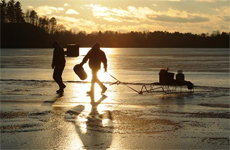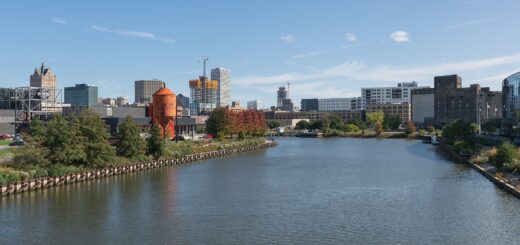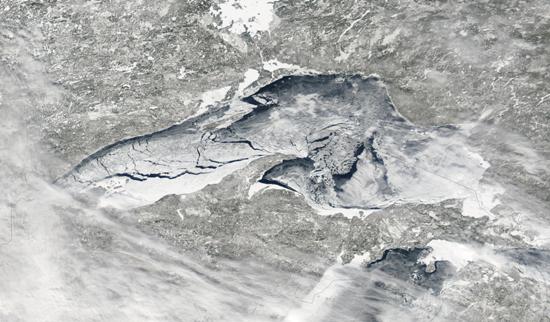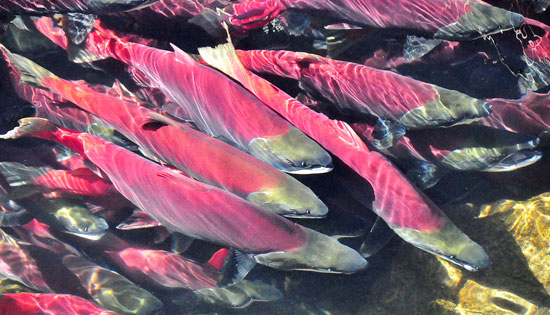Tropical Mountain Lakes Can’t Escape Climate Change
0Researchers from Queen’s University made trips in 2011 to study three mountain lakes near Cuenca, Ecuador. Even though the lakes sit far away from human activity, the scientists found that the water bodies can’t escape the effects of climate change, according to a study published during February 2015 in the open-access journal PLOS ONE.
All three of the lakes reside in the Andes Mountains and are part of a chain of 270 lakes that sit in El Cajas National Park. Those hundreds of lakes, as well as lands around them, were set aside because of their importance culturally and historically – but also because more than 300,000 people living in Cuenca get most of their water, about 60 percent, from the park.

View of El Cajas National Park, which contains more than 235 lakes of glacial origin. These water resources supply more than 60 percent of drinking water to the nearby city of Cuenca, the third largest city in Ecuador. (Credit: Neal Michelutti, Queen’s University)
The researchers used a number of sampling methods and equipment during the study’s fieldwork period in July 2011. By partnering with a meteorological station near the park, they were able to gain access to long-term, continuous data on atmospheric temperatures, wind speed and precipitation. For data on water quality, they used an inflatable dinghy to traverse the lake and take samples that they stored in plastic sampling bottles.
To get an accurate picture of activity in the lake beds, sediment cores were taken from the deepest portions of each lake using universal gravity corers. These were analyzed using gamma-ray spectrometry to establish a time record and then run through a content analyzer to create predictive models of primary and degraded chlorophyll a in the sediments, which researchers used to track production fluctuations related to climate.

Preparing to sample a lake in Cajas National Park. Fieldwork for this study was performed in August 2011. (Credit: Chris Grooms, Queen’s University)
Results of their investigation show that air temperatures around the national park have been steadily rising since the 1970s, with an average increase of about 0.29 degrees Celsius each decade. Other fluctuations in temperatures within the dataset can be explained by anomalies caused by El Niño, which is expected to increase in intensity with climate change. These temperature increases have coincided with a 40-percent drop in wind activity for the region since 2000. And the sediment analysis revealed that the plankton species Discostella stelligera has become the dominant diatom in all of the study lakes.
“Until recently, we knew little about the effects of recent climate changes on tropical high-mountain lakes,” said Neal Michelutti, senior research scientist at Queen’s University’s Paleoecological Environmental Assessment and Research Lab, in a statement. “We saw major changes in the algae consistent with the water warming that indicates changes in the physical structure of the water column.”

Recovery of a sediment core from one of the study lakes. (Credit: Neal Michelutti, Queen’s University)
This type of shift is consistent with those seen in other northern-hemisphere lakes that have seen rises in algal production after atmospheric temperatures have increased and brought about prolonged ice-free growing seasons, scientists say.
“Our paleoecological data show that warming temperatures and weakening winds have altered the physical and biological structure of tropical Andean lakes in profound ways,” the researchers write. “Foremost among these changes is the ecological reorganization of phytoplankton communities borne out of sediment diatom assemblages.”
Lakes included in the investigation were Laguna Toreadora, Laguna Llaviacu and Laguna Chorreras.













